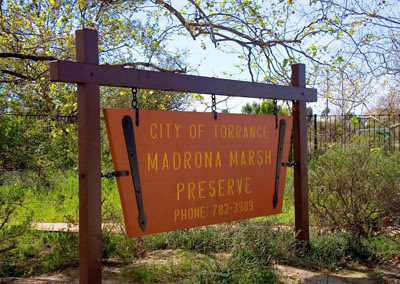- Madrona Marsh History: Initially a vast wetland, the area was transformed by Spanish colonization for agriculture, then by oil drilling in the 1920s. Most Los Angeles wetlands were lost to development, but Madrona Marsh survived, eventually becoming a focus of conservation efforts.
- Conservation Efforts: Local environmentalists, including the Friends of Madrona Marsh, fought developers in the 1980s to prevent the marsh’s destruction. Through fundraising and political action, they secured land preservation and city ownership.
- Ecology of Madrona Marsh: A vernal marsh (seasonal wetland), Madrona Marsh has unique microhabitats including vernal pools, alkaline margins, and uplands. It supports a variety of native plants and animals, some adapted to the poor soil conditions. Mosquito fish are introduced seasonally to control mosquito populations.
- Ecosystem Services: Madrona Marsh provides habitat for numerous species, serves as a migratory bird stopover, and offers flood control benefits. The marsh’s unique environment fosters specialized adaptations in flora and fauna.
- Human-Marsh Interactions: The marsh provides recreational and educational opportunities (nature walks, educational programs), while humans contribute through volunteer work, restoration efforts, and ongoing management by the city of Torrance. A stormwater filtration system enhances the marsh’s water quality and extends its wet season.
- Current Status: Madrona Marsh is a thriving urban oasis, actively managed and preserved by the city and the Friends of Madrona Marsh. It receives significant visitor numbers annually and continues to offer educational and recreational value to the community.


